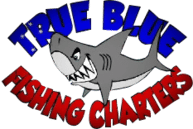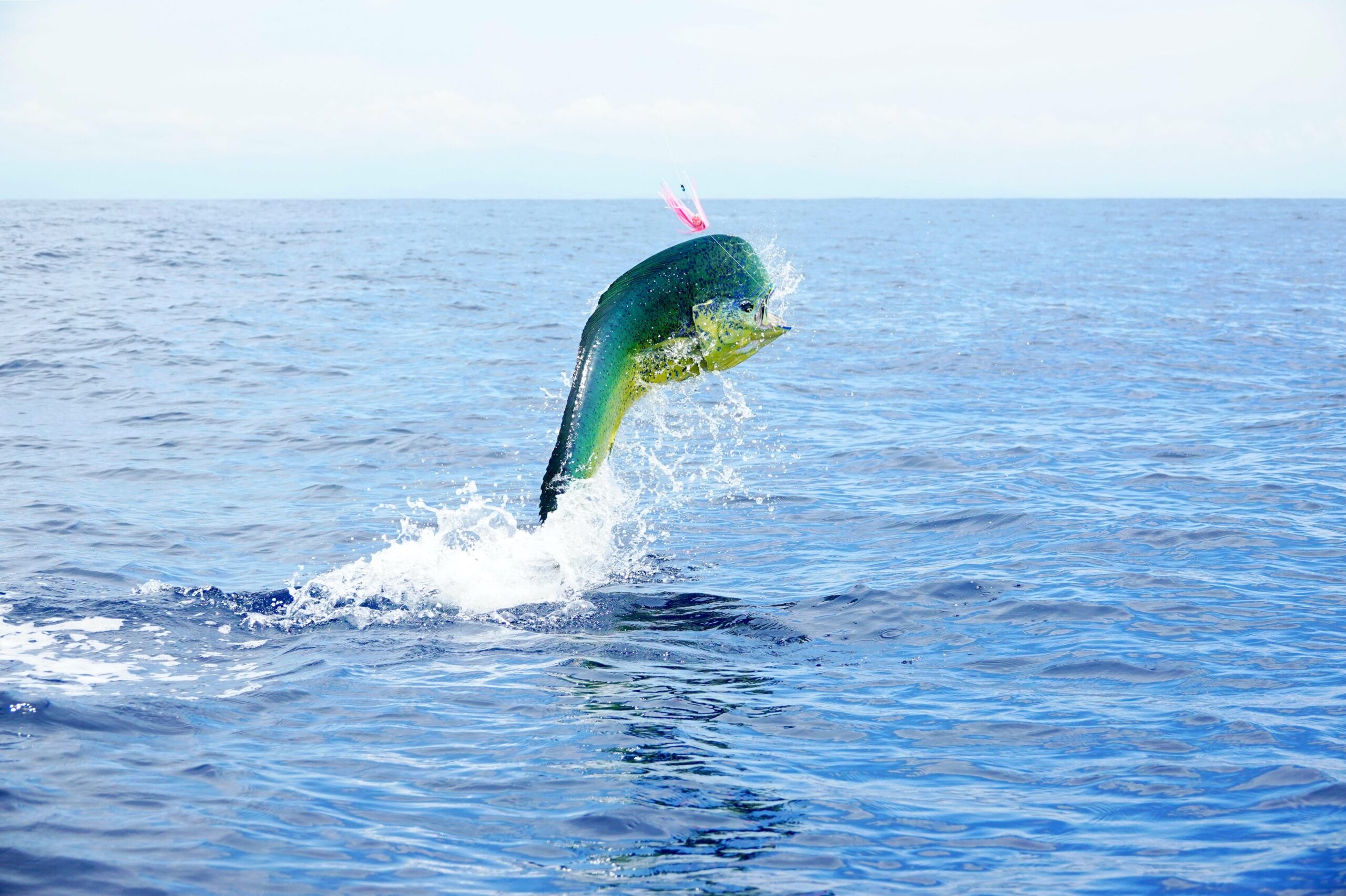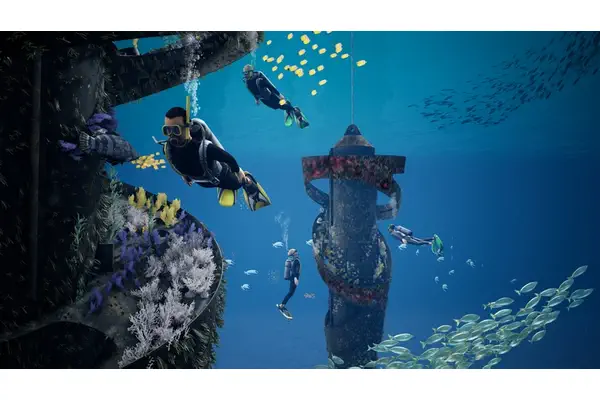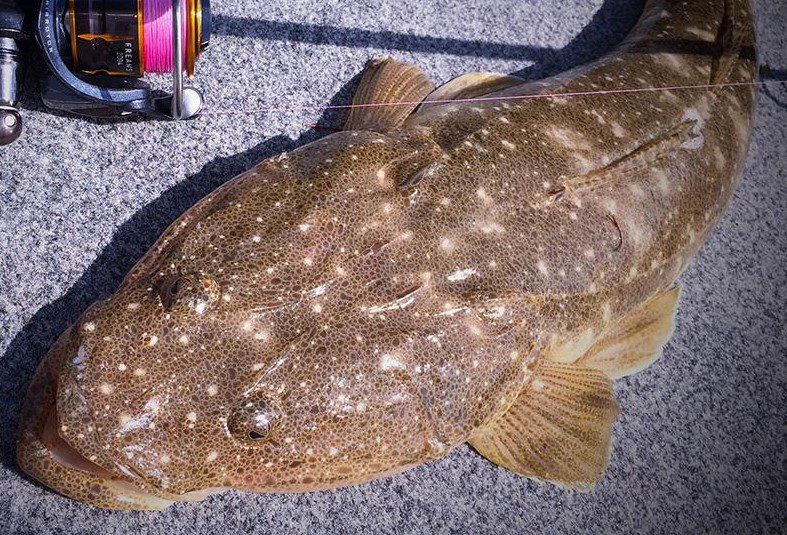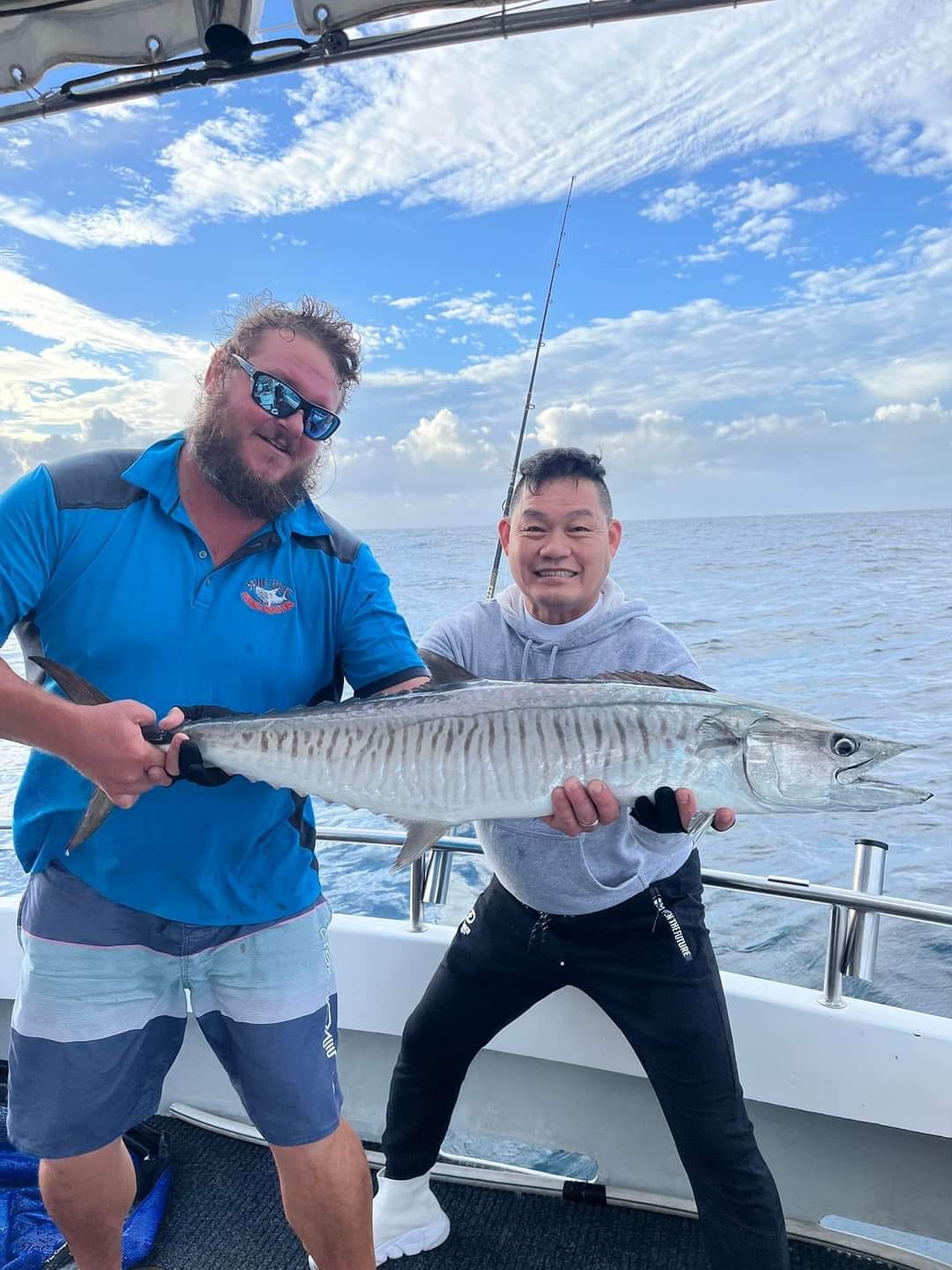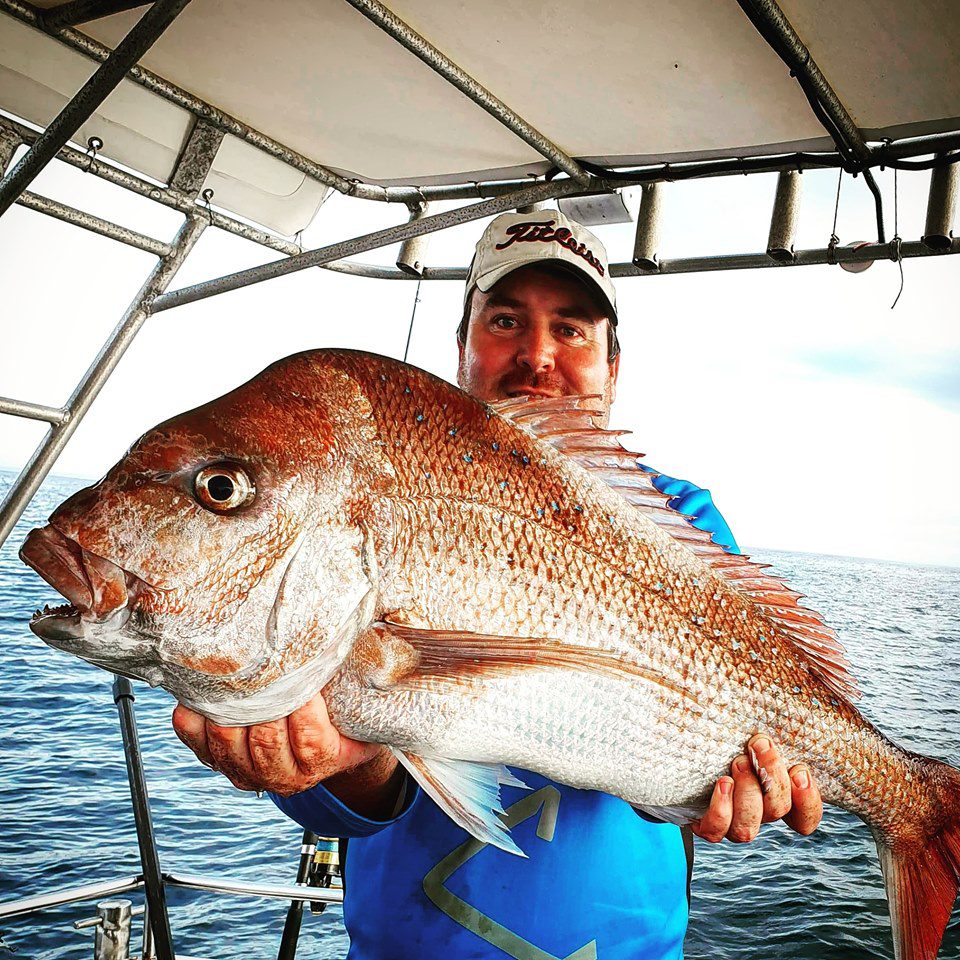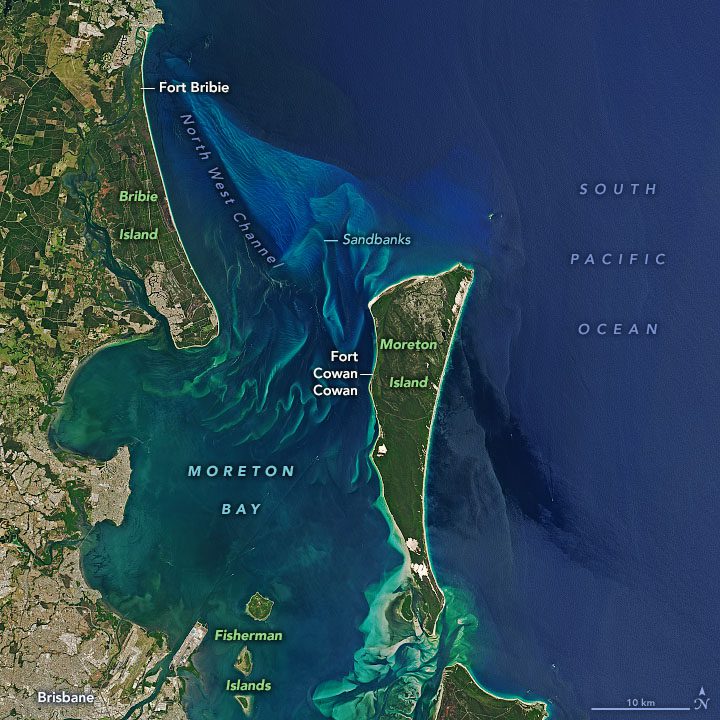Introduction:
Are you ready for the ultimate adventure in Mahi-Mahi fishing on the Gold Coast? Contrary to popular belief, Mahi-Mahi, also known as Dolphin fish or Dorado, are not related to dolphins. This vibrant and sought-after species has captured the hearts of anglers worldwide. To make the most of your Mahi-Mahi fishing experience, we’ve prepared a comprehensive guide that is a treasure trove of information for avid anglers.
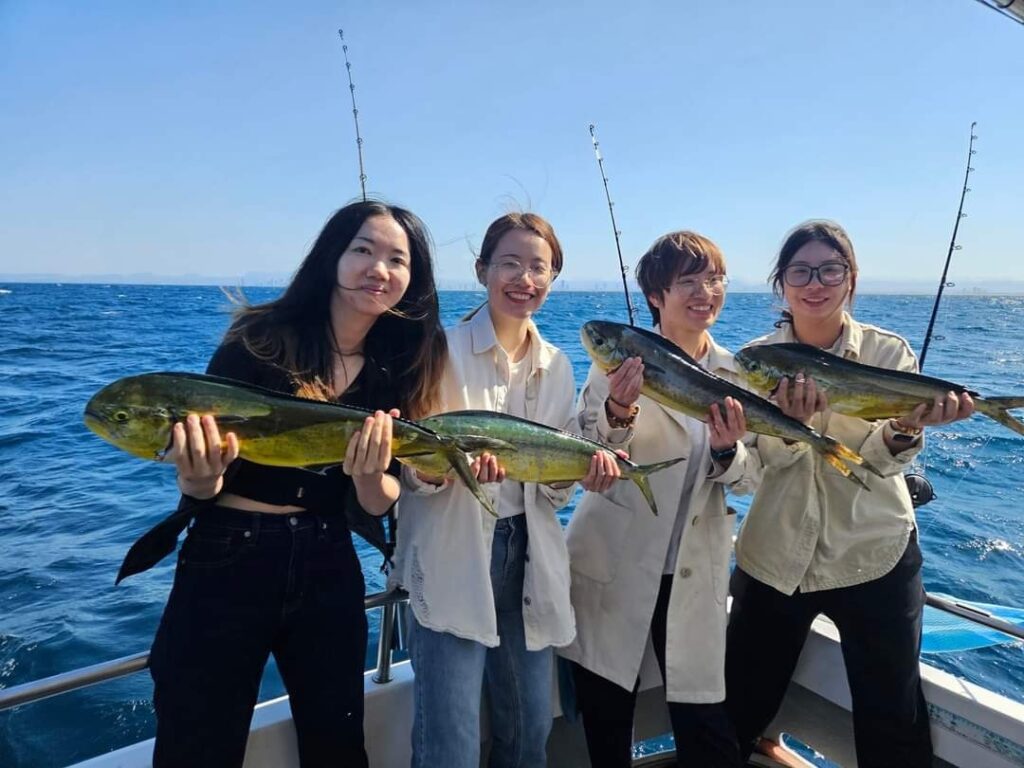
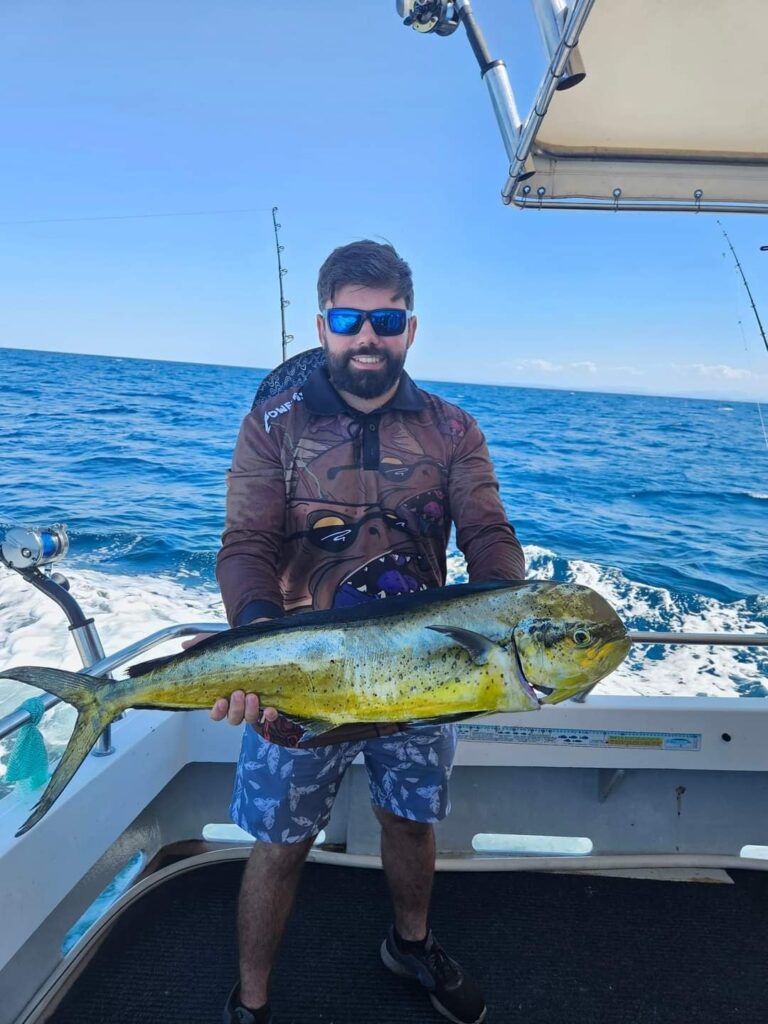
1. Mahi-Mahi Feeding Habits – A Carnivorous Delight:
Mahi-Mahi are voracious carnivores, known for their appetite for smaller fish species such as slimy mackerel, yellowtail scad, pilchards, and flying fish. Their preferred hunting grounds often align with warm ocean currents, offering anglers a thrilling challenge.
2. Stunning Mahi-Mahi: A Visual Treat:
Mahi-Mahi, with their vibrant colors, are among the most beautiful fish in our oceans. Their bright yellow bellies, electric blue/green tops, and striking blue spots are a sight to behold when freshly caught. These colors, unfortunately, fade quickly once out of the water, so it’s essential to capture their beauty with a quick photo.
3. Mahi-Mahi’s Fighting Spirit:
Dolphins are renowned for their aerial acrobatics once hooked. They are incredibly fast and comfortable both in the water and in the air. With speeds of up to 50 knots (92.5 km/h), they can outpace most boats, providing anglers with an adrenaline-pumping fight.
4. Choosing the Right Bait for Mahi-Mahi:
Live baits such as yellowtail scad and, slimy mackerel are highly effective in attracting Mahi-Mahi. Using an unweighted or lightly weighted setup often yields larger catches. Additionally, skipping gar works well when trolled past FADs (Fish Attracting Devices).
5. Tackle and Bait Setups:
Selecting the appropriate tackle and bait setup depends on the size of the Mahi-Mahi you’re targeting. For smaller to medium-sized fish, 15-30lb braid and 20-50lb leader are suitable. However, for larger specimens, opt for 30-80lb braid and 40-120lb leader. The choice of rod and reel should also match your bait type and target size.
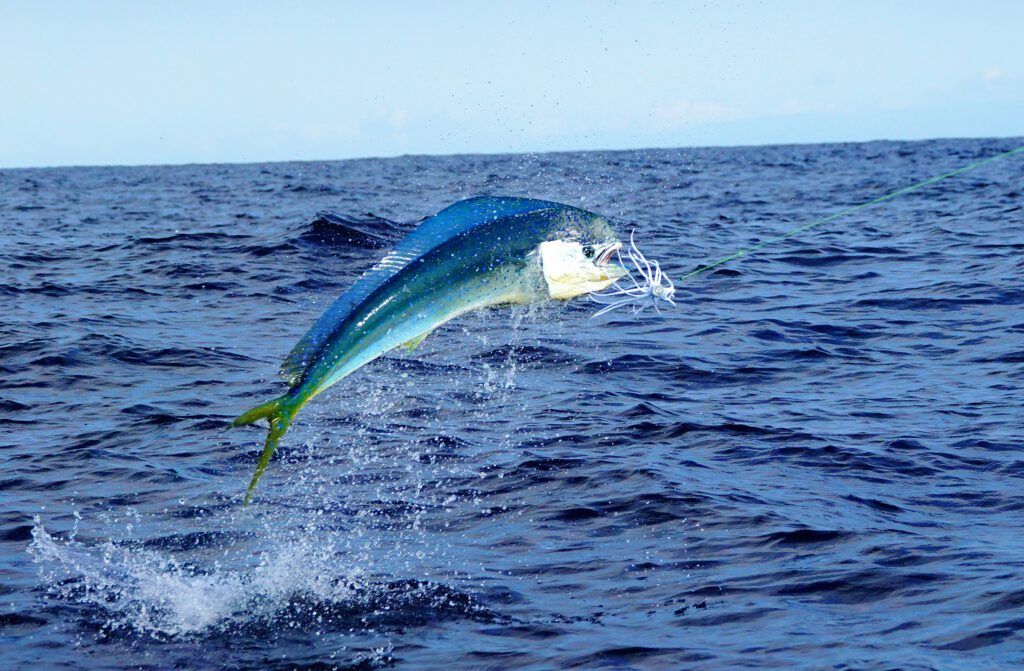
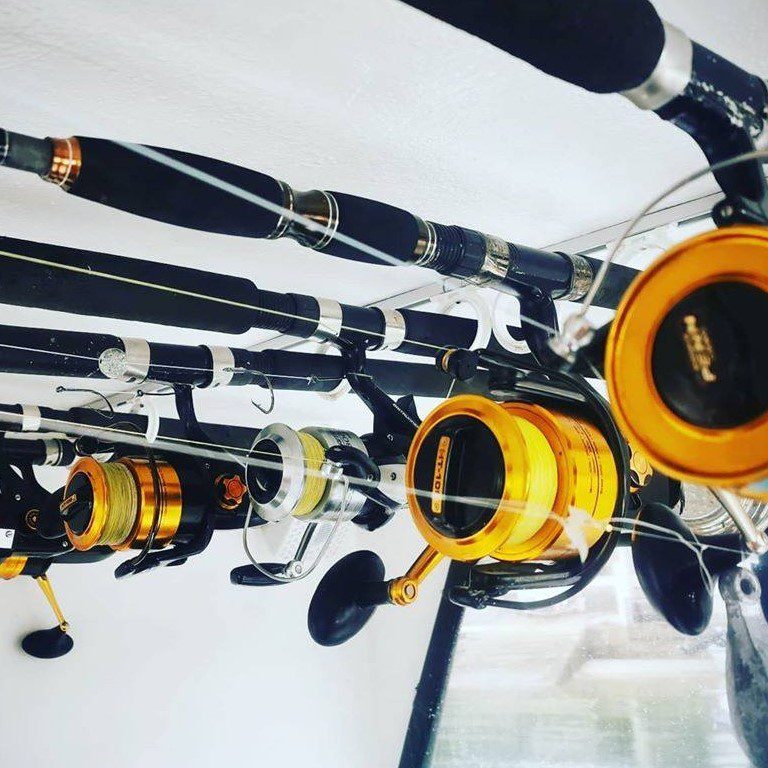
6. Mahi-Mahi Season on the Gold Coast:
The prime Mahi-Mahi fishing season on the Gold Coast typically spans from mid-late Spring to the end of Autumn. With 12 Queensland Fisheries FADs in place, you can now target these incredible fish almost year-round, with the best time being between November and February when the water temperature exceeds 22 degrees Celsius.
7. Expert Techniques for Fishing at Gold Coast FADs:
To maximize your success, consider these expert techniques:
Drifting: Begin your drift up current and cast your bait or lures towards the FAD while keeping a safe distance. Use burley to attract Mahi-Mahi and work your offerings along the burley trail.
Engine-Assisted Drifting: Use your boat’s main engine or an electric motor to position yourself up current of the FAD. Let the current carry your baits back to the FAD while maintaining a respectful distance from other boats.
- Trolling skirts; Trolling past the FAD is a tried-and-true method to lure in Mahi-Mahi on the Gold Coast. This technique is especially effective when the fish are a bit deeper or more scattered around the FAD
8. Gold Coast FADs – Fish Aggregating Devices:
Fish Aggregating Devices (FADs) are artificial structures designed to attract migratory fish, including Mahi-Mahi. Deployed offshore, these structures create hotspots for bait fish and pelagic species, making it easier for anglers to find and catch their desired targets.
9. Fish Species at Gold Coast FADs:
While Mahi-Mahi are the primary attraction at Gold Coast FADs, you can also encounter other species like wahoo, tuna, cobia, and mackerel. These seasonal migratory pelagic species often congregate around FADs, providing anglers with diverse opportunities.
10. Responsible Fishing Practices:
Remember to fish responsibly around FADs. Avoid mooring your boat to the FAD to prevent damage and potential fines. Instead, calculate the drift angle, considering wind and current, and position your boat accordingly. Anchoring close to FADs should be avoided to prevent complications and damage.
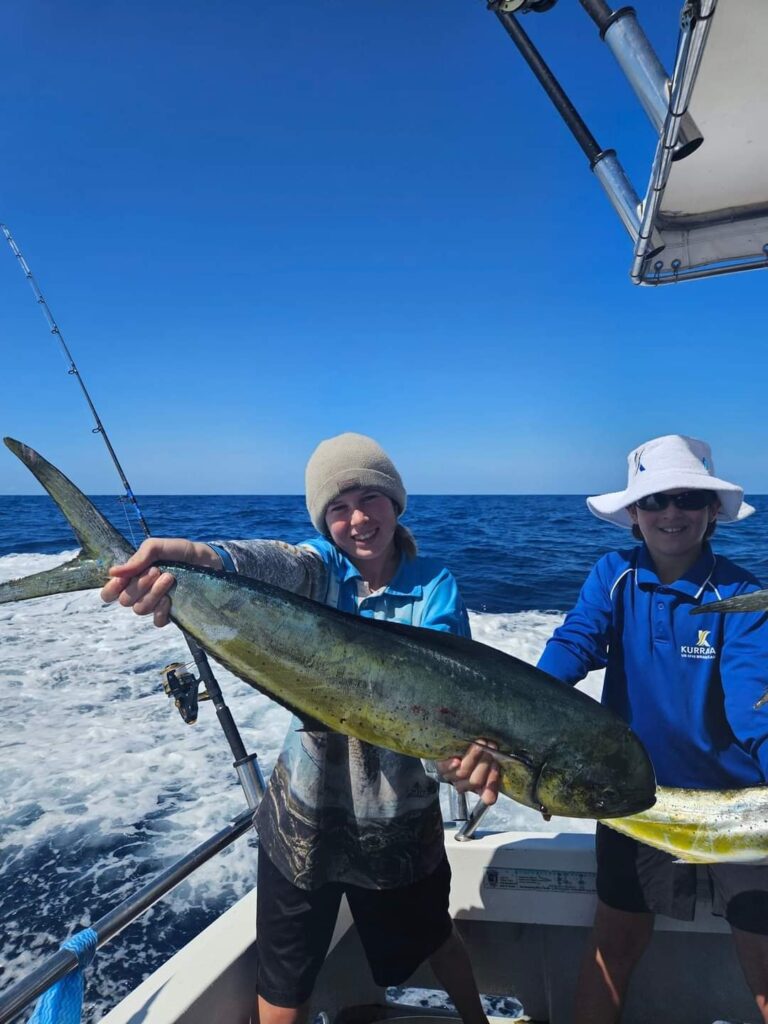
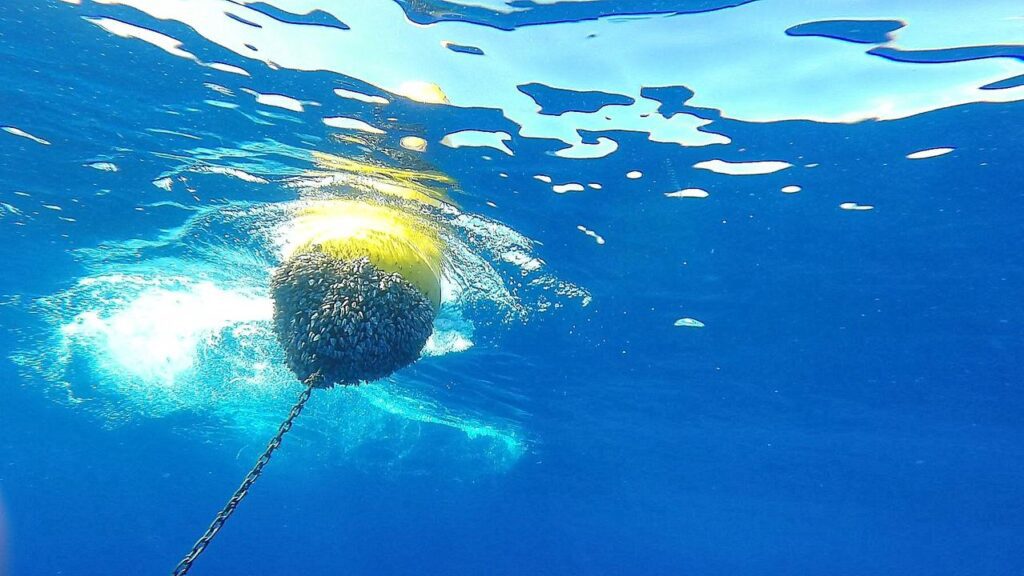
Conclusion:
Prepare yourself for an unforgettable Mahi-Mahi fishing experience at Gold Coast FADs. Understanding their feeding habits, choosing the right tackle, employing effective techniques, and adhering to responsible fishing practices will enhance your chances of a successful catch. Enjoy the thrill of Mahi-Mahi fishing on the Gold Coast while respecting the environment and regulations that preserve this exciting sport for future generations.
